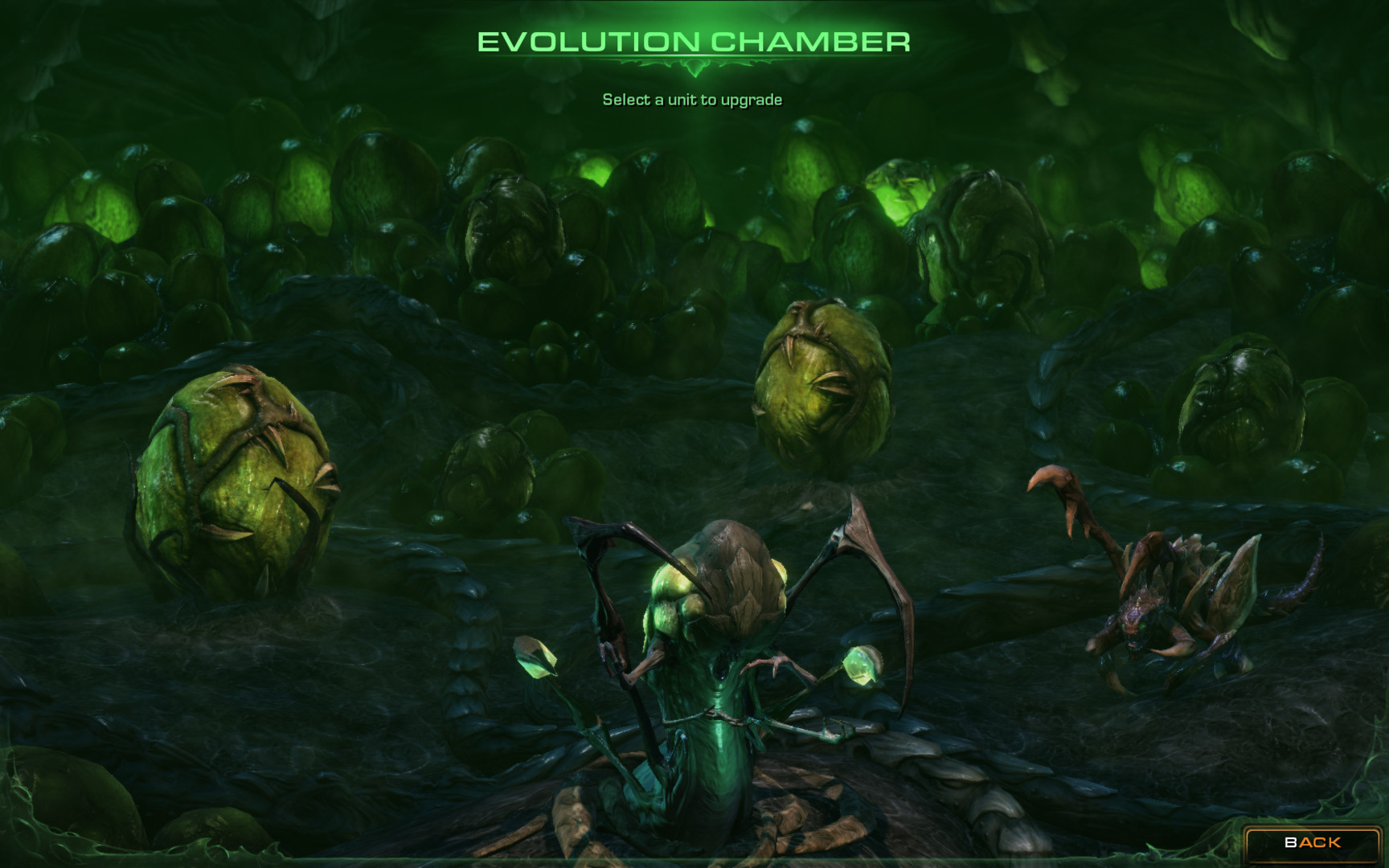
This is one area which puts Blizzard amongst a select few developers an innate sense of pacing and structure that they bring to each new release regardless of how one may feel about the overall game itself. Production values are of the highest order, something we’ve come to expect coming from Blizzard, with both the pre-rendered cut-scenes and those rendered in real-time showcasing great pacing and storytelling propulsion in addition to simply looking fantastic in terms of art, graphical detail, and animation. They’re still quite hideous by design, but thanks to the exceptional art design and use of colour, you won’t mind striking up a conversation with a large pulsating mesh of blobs with tendrils between each campaign mission. Keeping Kerrigan as the central character and her more human traits ever lurking on the surface helps ease players into the mindset of the Zerg race which is presented in a much more sympathetic way than seen previously.


In the world of StarCraft II, Heart of the Swarm represents this middle chapter, and by simply taking control of the Queen of Blades (Sarah Kerrigan) and in turn the entire Zerg race, a hive mind-like alien species made up of one part squishy and gooey and another part childhood nightmares, it really is a perfect setting for things to take a much more sinister turn.Īs far as campaigns go, Blizzard is well versed in staple cinematic storytelling techniques that focuses on a small group of characters in a grandiose setting, so Heart of the Swarm does not disappoint in both its sheer spectacle and scope. The middle part of any narrative trilogy is usually the darkest one, the one where things take a turn for the worse, characters are put through the wringer and thematically things stay grey as opposed to a clear cut black or white.


 0 kommentar(er)
0 kommentar(er)
